Lesson Objectives: In this unit, students will learn about elements of Jewish law such as Kashrut and the practice of shepherding and sacrifice in the Torah. They will discuss the historical context of these laws and if/how Jewish law plays into their own lives. During this unit’s hands-on project, students will replicate ancient vessels by making pinch pots.
Guiding Thematic Questions:
- What is a Mitzvah? Why are mitzvot significant?
- What are the origins of Jewish laws? In what ways are Ancient Jewish practices distinct from modern ones?
- Why was shepherding an important profession in Antiquity?
- How did ancient Israelites set themselves apart religiously from their neighbors?
Historical Context:
- While the underlying explanations of the laws of Kashrut are uncertain, it has been theorized that they might be symbolic, hygienic, or a means by which the Israelites might have distinguished themselves from their neighbors. Excavations have found pigs to be absent from Iron Age Israelite societies, for example, and abundant in Philistine communities.
- The practice of sacrifices was prohibited after the destruction of the Second Temple because it was the only place where they were allowed to be conducted halachically (according to Jewish law). Rabbinic Judaism changed significantly as a result of this prohibition, focusing on text study and prayer rather than revolving around Temple services.
- Shepherding, raising sheep for their milk, meat, and wool, is thought to have begun in Asia Minor around 3000 BC. It was one of the most common occupations of the Ancient Israelites. In the Judeo-Christian tradition, “shepherd” has come to be used metaphorically to refer to God and Jesus, the “Good Shepherd.”
Fun Facts:
- In some contemporary Jewish services, during holidays such as Yom Kippur and on Shabbat, there is a special prayer for the restoration of sacrifices. However, the Conservative movement has changed all references to sacrifices to the past tense and the Reform and Reconstructionist movements have eliminated these prayers altogether.
- There are 613 Mitzvot listed in the Torah. There are 365 “negative mitzvot” (things that Jews must not do) and 248 “positive mitzvot” (things that Jews must do).
Object Images:
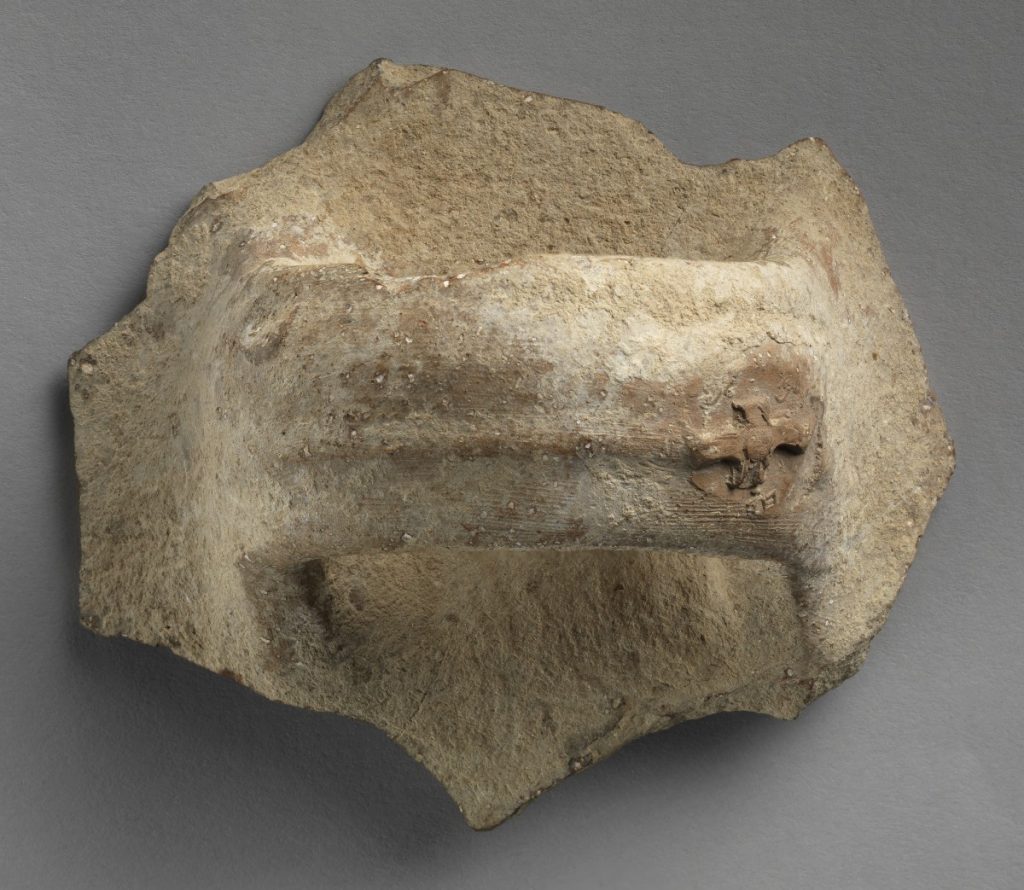
Lamelach Jar Handle from time of Hezekiah
Judean (Iron Age)
715 -686 BCE
Ceramic
Approximately 5”
Carlos Museum, Emory University
2008.46.1
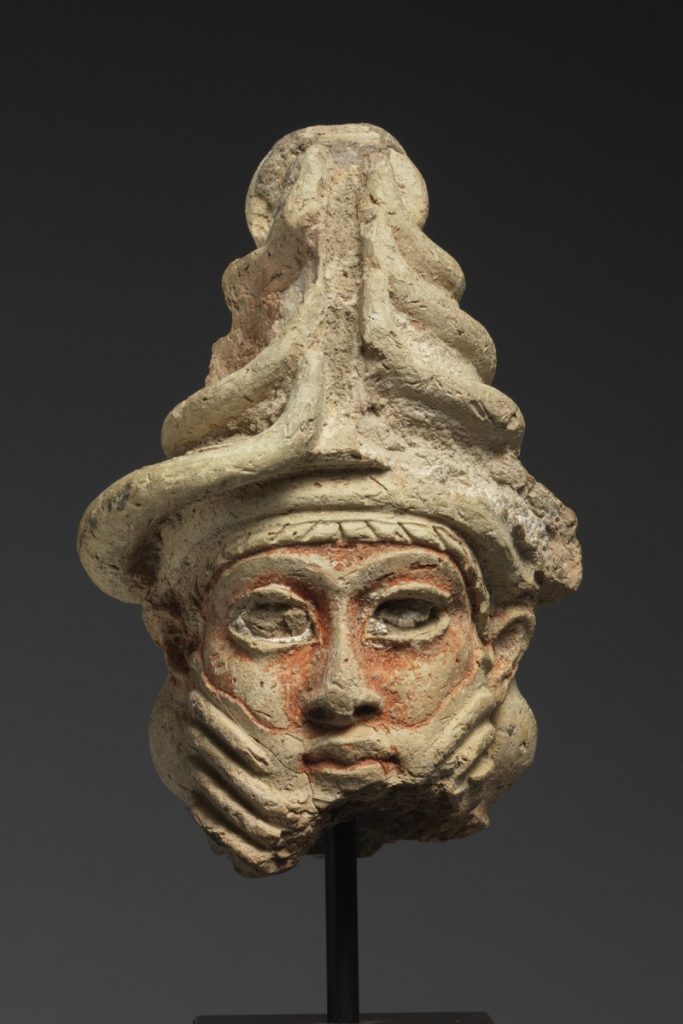
Head of Deity
Mesopotamian, Babylonian 1894-1600 BCE
Clay, pigment
4.5” tall
Carlos Museum, Emory University
2010.27.1
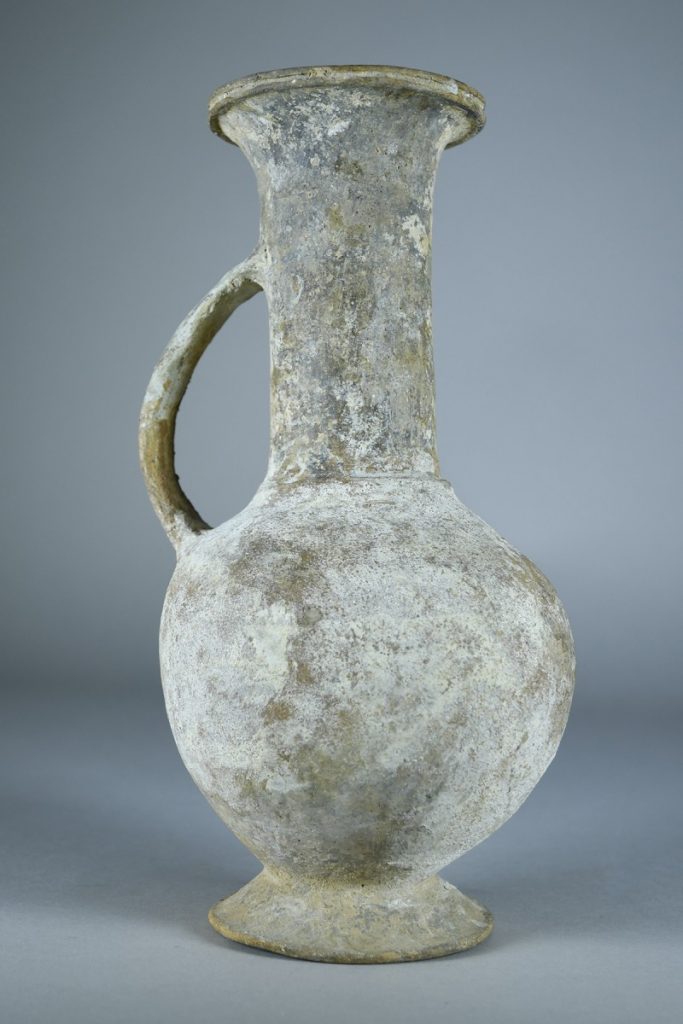
Bilbil Jug
Canaan (Late Bronze Age)
1600 -1200 BCE
Ceramic
Approximately 10”
Carlos Museum, Emory University
1968.264
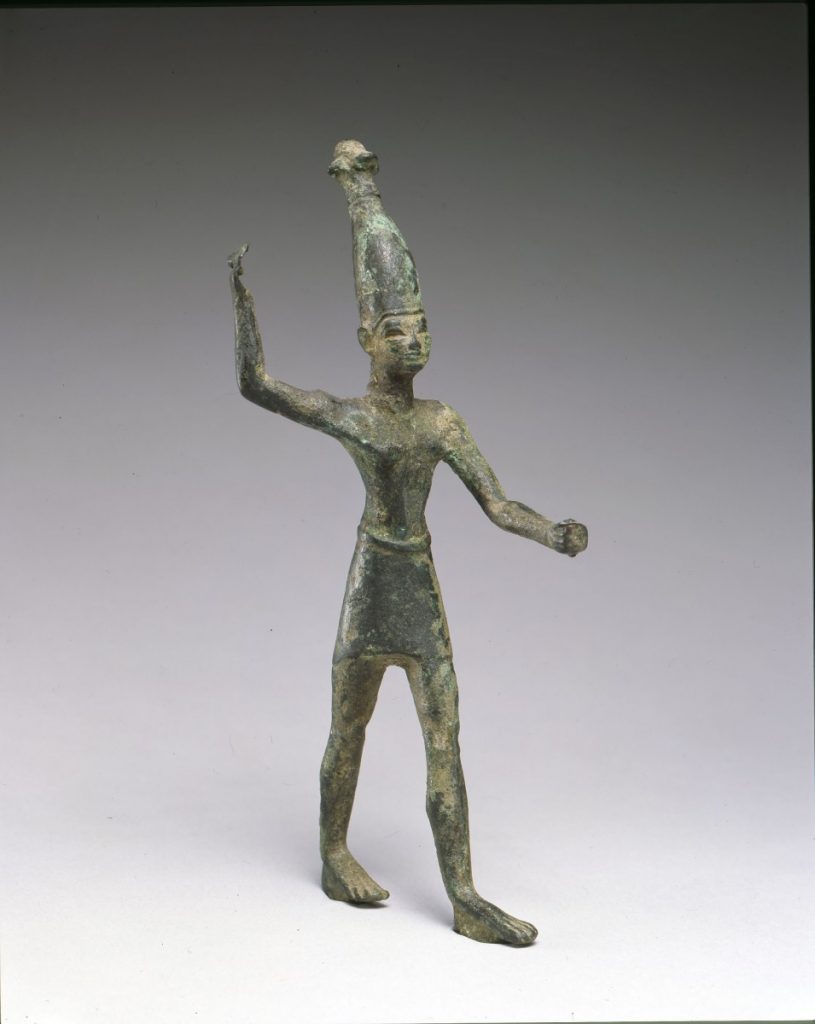
Smiting god (possibly Ba’al)
Canaanite
2000-1600 BCE
Bronze
7.5” tall
Carlos Museum, Emory University
2002.19.1
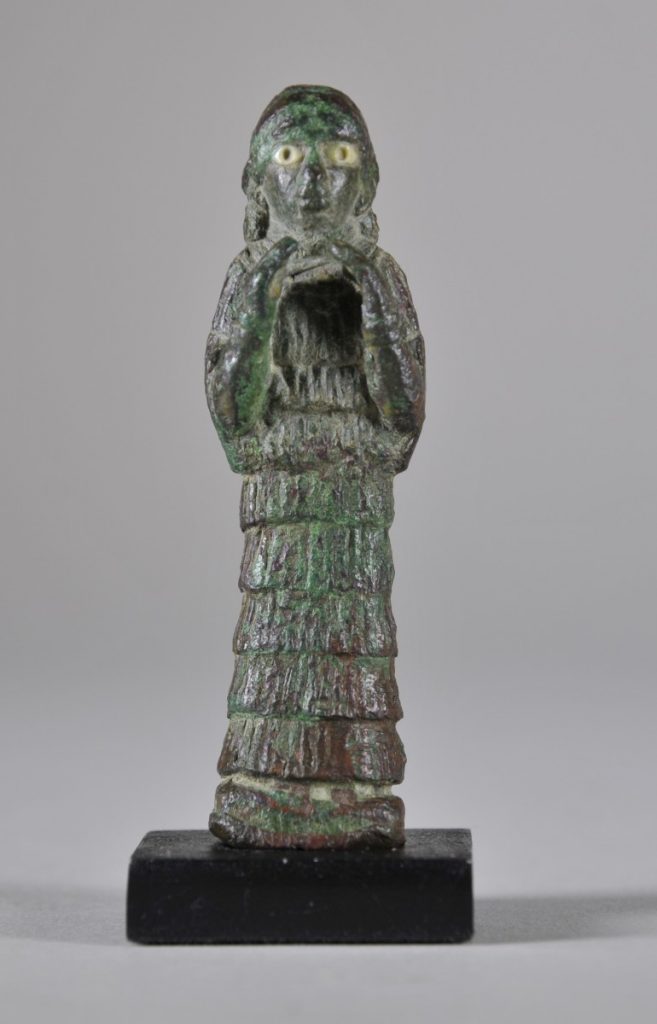
Goddess (probably Lama)
Mesopotamia, Babylonian
2000-1750 BCE
Bronze
3.5” tall
Carlos Museum, Emory University
L2017.17.1
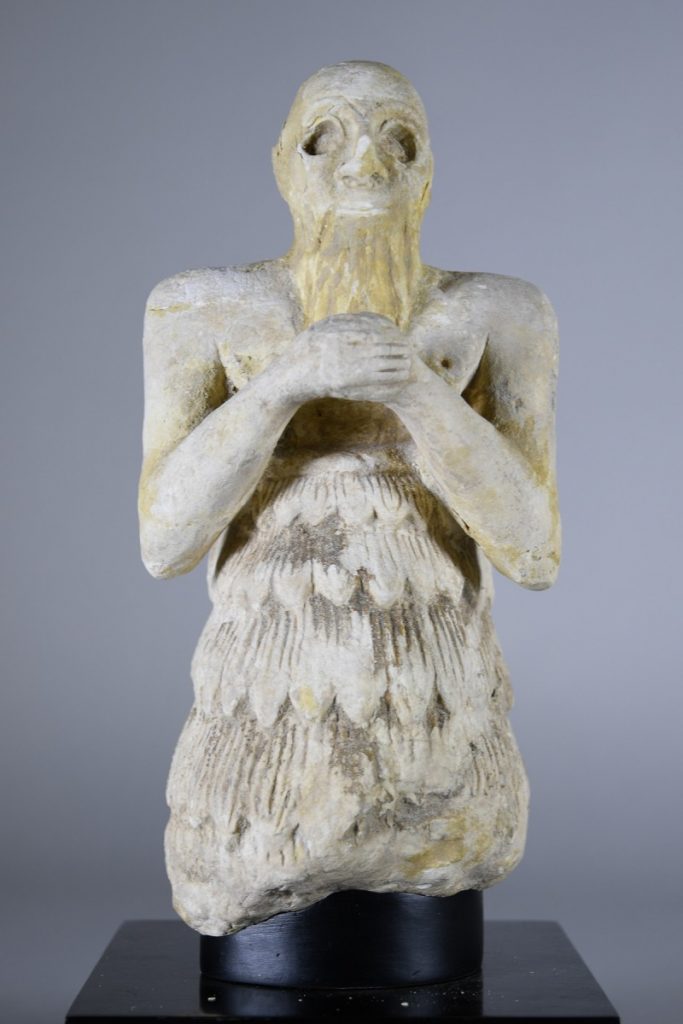
Votive Statue
Sumerian
2900-2600 BCE
limestone
6” tall
Carlos Museum, Emory University
L2018.3.2
Classroom Discussion Questions:
Why could ancient Israelites purify ceramics but not stone? Where do we see analogues of this law today?
What does it mean to keep kosher and why might these laws have been so important to the ancient Israelites?
What does “agrarian-pastoral” mean? What was the importance of shepherding in the Torah and in ancient societies?
Many of the laws in the Torah relate to practices that are not part of modern society. What are some of the ways that we still observe these “antiquated” laws today?
Why are there so many laws in the Torah?
What do the objects from this unit tell us about how the Ancient Israelites lived their lives?
Project: Pinch Pots
Materials:
- clay
- decorations (optional)
- wipes
Instructions:
- form clay into a ball
- press your thumb into the center of the clay ball and use your index finger and thumb to work around the clay, pinching as you rotate
- decorate your vessel
Project: Personal Scroll
Materials:
- paper
- charcoal, ink pen, other writing implement
- vial and stopper or string
Instructions
- each student brainstorms a “rule” that they value or that helps them define how they live
- record that “rule” onto the paper in charcoal or ink
- roll up the paper into a scroll and tie it with a string or place it into the vial